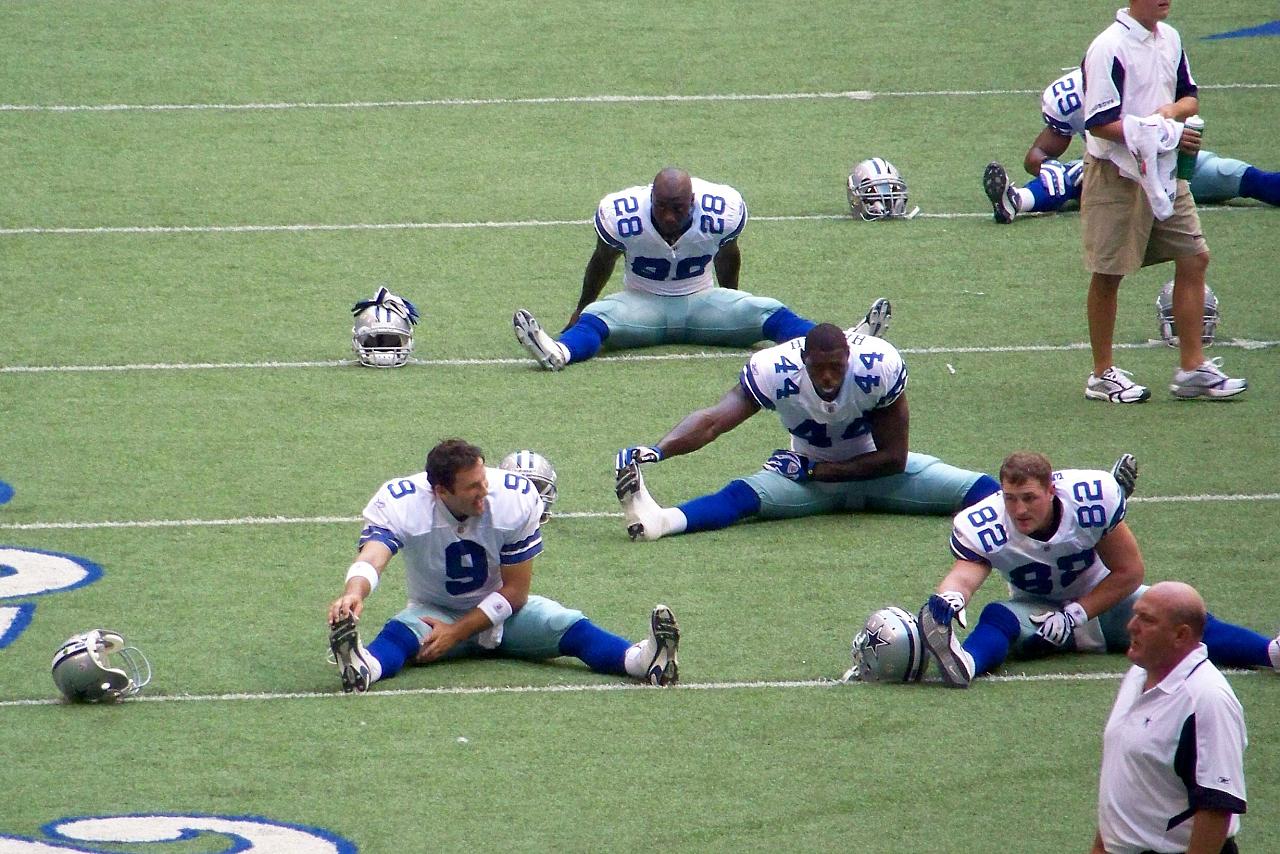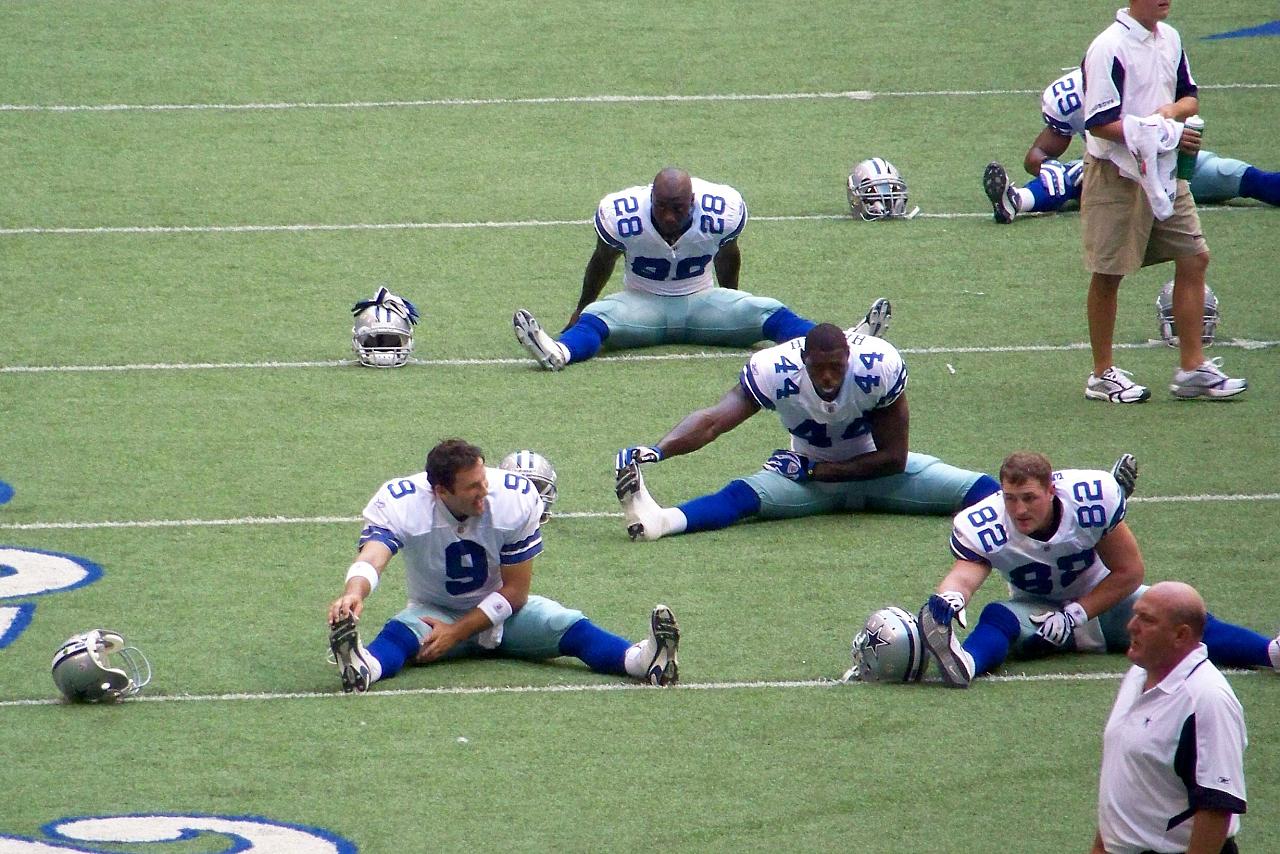
Most believe Allen Robinson is a good prospect, so why show a positive play in the Boiler Room?
The Boiler Room Series is my attempt to capture the state of an NFL prospect’s development into a single play. This is an impossible task, but what if you have a limited number of plays to state your case about a prospect to the leadership team within your organization? If you’ve researched enough about this player, a cut-up of choice plays with a short presentation can provide a decent assessment of strengths, weaknesses, and potential fit for the team. You can read the rest of my Boiler Room Series here.
Penn State junior Allen Robinson is tall, quick, strong, and adjusts well to the football. There are times he looks like a player in the mold of the Marc Trestman’s outside receivers in Chicago. I could show you plays that make Robinson’s fan boys write me and respond with “great read,” but it’s pointless. If I were contributing to a cut-up of Robinson’s play that would inform a coaching staff what they have to address with Robinson early in his career, the play I’d choose is a crossing route against Nebraska.
It’s a simple play, Robinson is the single receiver in a 3×1 receiver 10 personnel shotgun set with the cornerback playing tight to the ling of scrimmage with a slight outside shade with 0:55 in the half at the 29 of Penn State. The receiver does a solid job of using an outside-in release with his footwork and he doesn’t encounter any resistance from the corner. The free release inside gives Robinson some cushion to accelerate and then break inside on a cross.
[youtube=http://www.youtube.com/watch?v=8XjPVcKDF00&start=178&w=560&h=315]
The ball arrives and Robinson makes the catch, takes a hit in the back, and is dropped a couple of yards inside the catch point. No yards are gained on after the catch. Good route, good catch, what’s there to say?
No yards gained after the catch.
One of the best things about a crossing route is that it gives the receiver a chance to earn yards after the catch. Robinson failed to do so on this play not because of the coverage or the throw. He left his feet.
A common mistake young receivers make on crossing routes thrown at chest level and above is to leap for the target. Sometimes it’s difficult to gauge the trajectory of the ball and receivers would rather err on making the catch than not earning yards after contact. However, the best receivers track the ball well enough to make the reception on the move with their hands away from their bodies.
If Robinson can fix this one area of his game, and it’s a correctable flaw, he becomes a more productive player immediately.
For analysis of skill players in this year’s draft class, download the 2013 Rookie Scouting Portfolio.The 2014 RSP will available April 1 and if you pre-order before February 10, you get a 10 percent discount. Better yet, if you’re a fantasy owner the 56-page Post-Draft Add-on comes with the 2012 – 2014 RSPs at no additional charge and available for download within a week after the NFL Draft. Best, yet, 10 percent of every sale is donated to Darkness to Light to combat sexual abuse. You can purchase past editions of the Rookie Scouting Portfolio for just $9.95 apiece.









